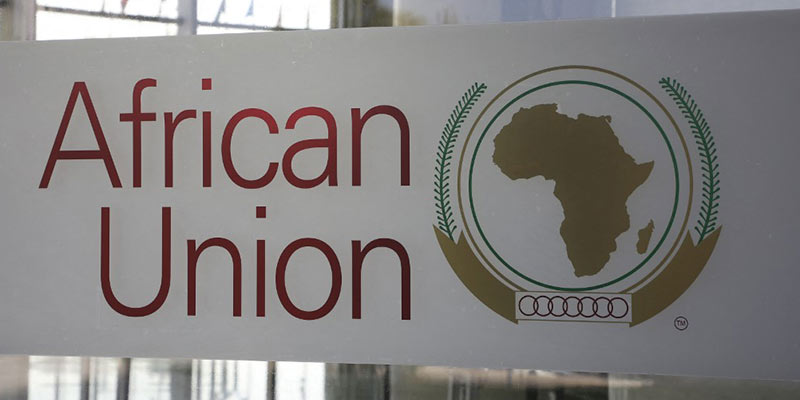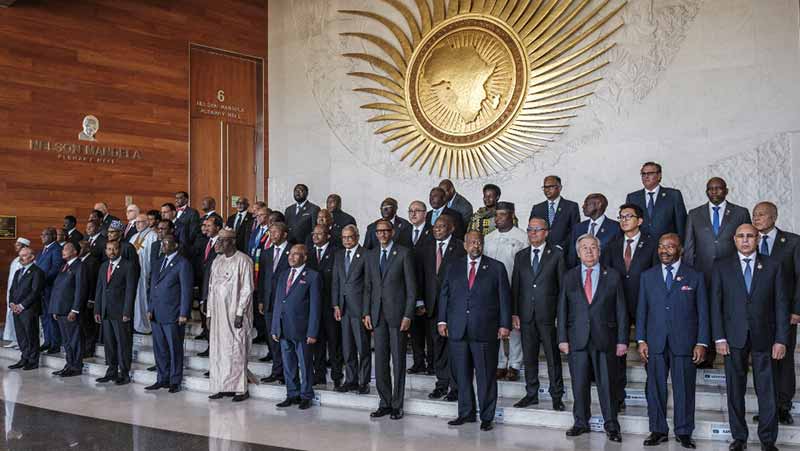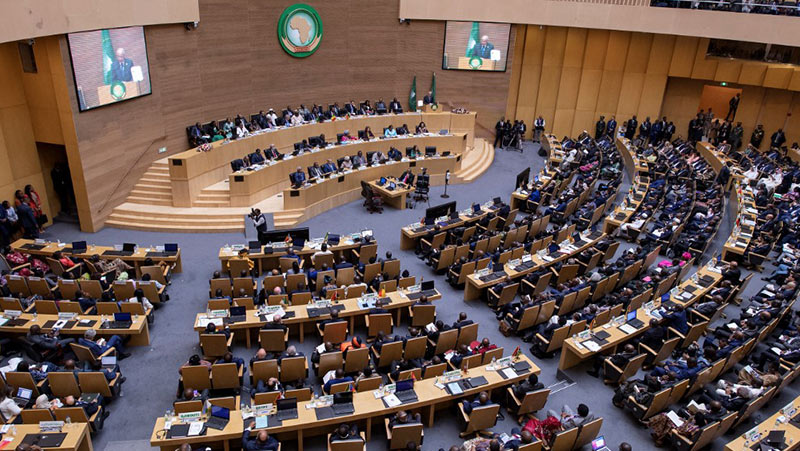- World
- Feb 21
Explainer / African Union
• A senior Israeli diplomat was removed from the African Union’s annual summit in Ethiopia, as a dispute over Israel’s accreditation to the bloc escalated.
• Ebba Kalondo, the spokesperson for the African Union’s commission chairman, said the diplomat had been removed because she was not the duly accredited Israeli ambassador to Ethiopia, the official who was expected.
• Israel attained observer status at the AU in 2021 after decades of diplomatic efforts, drawing protest from powerful members including South Africa and Algeria, which argued that it flew in the face of AU statements supporting the Palestinians.
• Last year, unease flared over the accreditation of Israel as an observer at the AU, with the Palestinians — who also have an observer status at the body — urging it to be withdrawn.
• The 2022 summit suspended a debate on whether to withdraw the accreditation and a committee was formed to address the issue.
• Meanwhile, Azali Assoumani, President of the Union of Comoros, was elected as the new chairperson of the African Union for the year 2023 during the 36th Ordinary Session of the Assembly of the Union.
African Union
• The African Union (AU) is a continental body consisting of the 55 member states that make up the countries of the African Continent.
• It was officially launched in 2002 as a successor to the Organisation of African Unity (OAU).
• On May 25, 1963 in Addis Ababa, Ethiopia, the 32 African states that had achieved independence at that time agreed to establish the Organisation of African Unity (OAU).
• A further 21 members joined gradually, reaching a total of 53 by the time of the AU’s launch in 2002. In 2011, South Sudan became the 54th Member State, and in 2017, Morocco became the 55th Member State.
• The OAU was the manifestation of the pan-African vision for an Africa that was united, free and in control of its own destiny and this was solemnised in the OAU Charter.
• Through the 1990s, leaders debated the need to amend the OAU’s structures to reflect the challenges of a changing world.
• In 1999, the OAU heads of State and government issued the Sirte Declaration calling for the establishment of a new African Union.
• The vision for the Union was to build on the OAU’s work by establishing a body that could accelerate the process of integration in Africa, support the empowerment of African states in the global economy and address the multifaceted social, economic and political problems facing the continent. In total, four summits were held in the lead up to the official launching of the African Union.
• The African Union (AU) was officially launched in July 2002 during Durban Summit.
• A significant number of OAU structures were carried forward into the AU. Similarly, many of the OAU’s core commitments, decisions and strategy frameworks continue to frame AU policies.
• The decision to re-launch Africa’s pan-African organisation was the outcome of a consensus by African leaders that in order to realise Africa’s potential, there was a need to refocus attention from the fight for decolonisation and ridding the continent of apartheid, which had been the focus of the OAU, towards increased cooperation and integration of African states to drive Africa’s growth and economic development.
• The AU’s headquarters is situated in Addis Ababa, Ethiopia.
The work of the AU is implemented through several principal decision making organs:
i) Assembly of Heads of State and Government: The Assembly is the AU’s supreme policy and decision-making organ. It comprises all heads of Member States.
ii) Executive Council: It coordinates and takes decisions on policies in areas of common interest to Member States. It is responsible to the Assembly. It considers issues referred to it and monitors the implementation of policies formulated by the Assembly. The Executive Council is composed of foreign ministers or such other ministers or authorities as are designated by the governments of Member States.
iii) Permanent Representatives Committee (PRC): The Committee is charged with the responsibility of preparing the work of the Executive Council and acting on the Executive Council’s instructions. It comprises Permanent Representatives to the Union and other plenipotentiaries of Member States.
iv) Specialised Technical Committees (STCs): These thematic committees are provided for under the AU Constitutive Act and are responsible to the Executive Council. They comprise Member State ministers or senior officials.
v) Peace and Security Council (PSC): It is the AU’s organ for the prevention, management and resolution of conflicts. It comprises 15 elected Member States.
vi) African Union Commission (AUC): The Commission is the AU’s Secretariat. It is based in Addis Ababa, Ethiopia, and is composed of an elected chairperson, deputy chairperson, six commissioners, and staff.
• The AU structure promotes participation of African citizens and civil society through the Pan-African Parliament and the Economic, Social & Cultural Council (ECOSOCC).
• The African Union spearheads Africa’s development and integration in close collaboration with African Union Member States, the Regional Economic Communities and African citizens.
• The AU Vision is to accelerate progress towards an integrated, prosperous and inclusive Africa, at peace with itself, playing a dynamic role in the continental and global arena, effectively driven by an accountable, efficient and responsive Commission.
Manorama Yearbook app is now available on Google Play Store and iOS App Store



